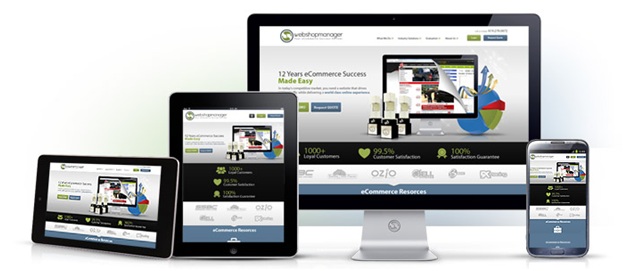
Why mobile optimised web design is a must
It is no longer enough for a business to design their website in such a way that it appeals to and engages with an audience of desktop and laptop computer users. The growing dominance of smartphones and tablets in the browsing market means that there is a groundswell of support for portable platforms that cannot be ignored.
And yet it seems like even the biggest brands in the world are capable of missing the boat when it comes to mobile optimisation, with 44 per cent of the 500 most significant businesses in the world recently being revealed to lack mobile-friendly sites.
This is all the more problematic because of the new pressures which are being put on businesses to pursue mobile optimisation by search engine firms including Google.
Critical Habits
Because more people are searching for products, services and information from their smartphones and tablets, the sites which are prepared to accept them with open arms and optimised designs are going to get a rankings boost while their ill-prepared rivals sink to obscurity.
There is little question, then, that optimising a website for mobile browsers and designing it in a way that is still creative, engaging and intuitive will be key to the success of businesses this year and beyond. And by seeking out the advice and skills of a web design agency like netcentrics.co.uk who offer web design in Newport would know the best practices and make give you a great chance of this happening
Branding Thoughts
Even if you do decide to outsource the mobile optimisation of your website, there are still some things you can think about to make this process more streamlined and ensure that the results are satisfying and rewarding in the long run.
Chiefly you need to think about how you can best represent your business and your brand in a form factor which does not lend itself to over the top interface elements or resource-hogging embedded content. Since smartphone and tablet users will predominantly be accessing the site from devices with touchscreen displays of between four and 10 inches across the diagonal, it is better to rely on simplicity and common sense rather than glitz and glamour.
The shift towards mobility has also made it important to not only consider the way you present your business from an aesthetic standpoint, but how the content and information that is available to visitors is written and what value it brings to the table.
This not only ties into on-site content which is relevant to the user experience and securing conversions once visitors have arrived, but also the channels outside of the site itself which can be used to draw customers in.
Social networking services like Facebook and Twitter are now arguably as important to a brand as achieving a high Google rank. And encouraging visitors to engage with your brand through these platforms by making them a key part of the design of your site is sensible, since it will help people to share and spread the word about what you have to offer.

Leave a reply